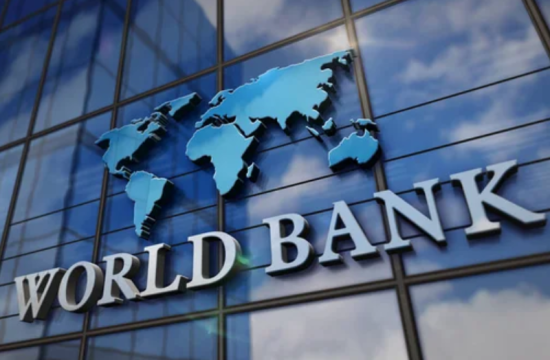Nigeria’s big banks are entering the financial technology (fintech) space, which is causing competition for existing fintech firms.
The banks are making strategic investments in fintech businesses to secure their future. This move threatens the valuation of top fintech firms like Flutterwave, Interswitch, and Opay, which are currently valued at over $1 billion.
Other fintech companies like Moniepoint and Paga are also establishing themselves in the industry. The big banks, including Stanbic, Access Bank, and GTB, are developing online banking platforms to compete with the fintech firms.
They are starting to see positive results from their investments in fintech. For example, GTBank’s fintech firm, Squad, became profitable in its first month of operations, recording a profit before tax of N926 million in the first six months.
Guarantee Holding Company’s fintech arm generated about N139.3 billion in revenue between June and December.
Keep Reading
Wema Bank also experienced growth with its fintech platform, ALAT, seeing a 131% increase in customers onboarded in 2022. The success of the banks’ fintech ventures is attributed to their retail banking strategies.
While the banks’ fintech platforms may not compete with the speed of companies like Opay and Moniepoint, they are still bringing competition to the market.
Additionally, Stanbic IBTC Holdings, the parent company of Stanbic IBTC Bank, has changed the name of its fintech subsidiary to ZEST Payments Limited. This rebranding is part of their efforts to challenge other fintech companies like OPay, Kuda, and Moniepoint for market share.
The entry of major banks into the FinTech space in Nigeria could lead to increased competition, a shift in market share, innovation pressure, partnership opportunities, regulatory challenges, and a potential advantage in customer trust.
However, it could also result in more innovative banking services, market fragmentation, resource allocation shifts, and a need for customer education. It will remain to see how well both banks and FinTech companies adapt to the changing dynamics and customer preferences.





















